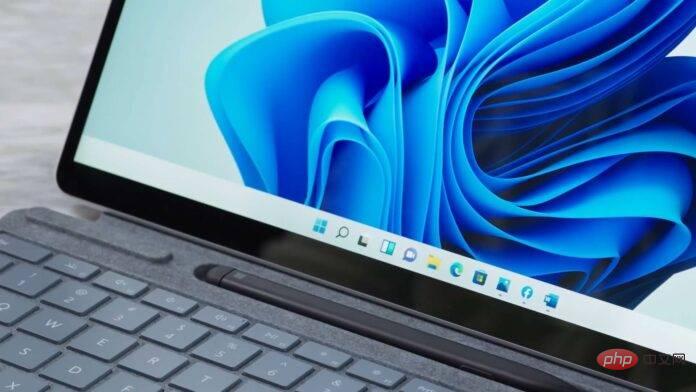

On any modern version of Windows, Microsoft limits the taskbar clock to hours and minutes. This is perfect for most users, but some may want the seconds to be displayed in their operating system's taskbar.
Unlike Windows 10, Windows 11 does not allow seconds to be displayed on the taskbar. It is no longer possible to edit the registry file to enable the seconds clock on Windows 11. According to Microsoft officials, the company has removed the feature entirely, citing performance as one of the reasons.
"Please note that displaying seconds in pop-ups is not currently supported, but your interest in this has been shared with the team for future consideration," Microsoft noted in a Feedback Hub post.
It’s worth noting that this was not the case in the 1990s. Earlier versions of the taskbar supported seconds, but the feature is optional in stable releases as it causes performance issues for everyone. The performance impact is noticeable since the system only has 4MB of RAM, but this is no longer the case as most systems now have over 8GB of RAM.

So why not bring back a taskbar clock that supports seconds? The reason is still performance. While system memory is no longer a major issue as all devices now have over 4MB of RAM, the frequent updates required to display the seconds on the taskbar can still make your device slower than usual.
Let's consider a Windows configuration with multi-user support. On devices with multi-user support, Windows will try to update the taskbar clock every second because each logged-in user has his or her own taskbar clock. This means Windows will page a hundred stacks to draw a hundred taskbar clocks.
This is a bad thing for performance because it basically means Windows needs to spend extra time updating the clock, which increases the load on the CPU. For this particular reason, server administrators often disable "caret blinking" to reduce CPU usage, since caret blinking among a hundred users increases CPU usage.
In fact, many server administrators disable the taskbar clock entirely to reduce the load on processing power.
Another major issue is that periodic activity caused by the taskbar clock prevents the CPU from entering Windows 11’s low-power mode. The company has been working to reduce periodic activity, which is why the system's periodic timer is as short as one minute.
Of course, disabling the optional registry hack that enables seconds on the taskbar is not a good idea, and it doesn't look like the feature will be coming back anytime soon.
The above is the detailed content of Why won't Microsoft add seconds to the Windows 11 taskbar clock? What's Microsoft's explanation?. For more information, please follow other related articles on the PHP Chinese website!




